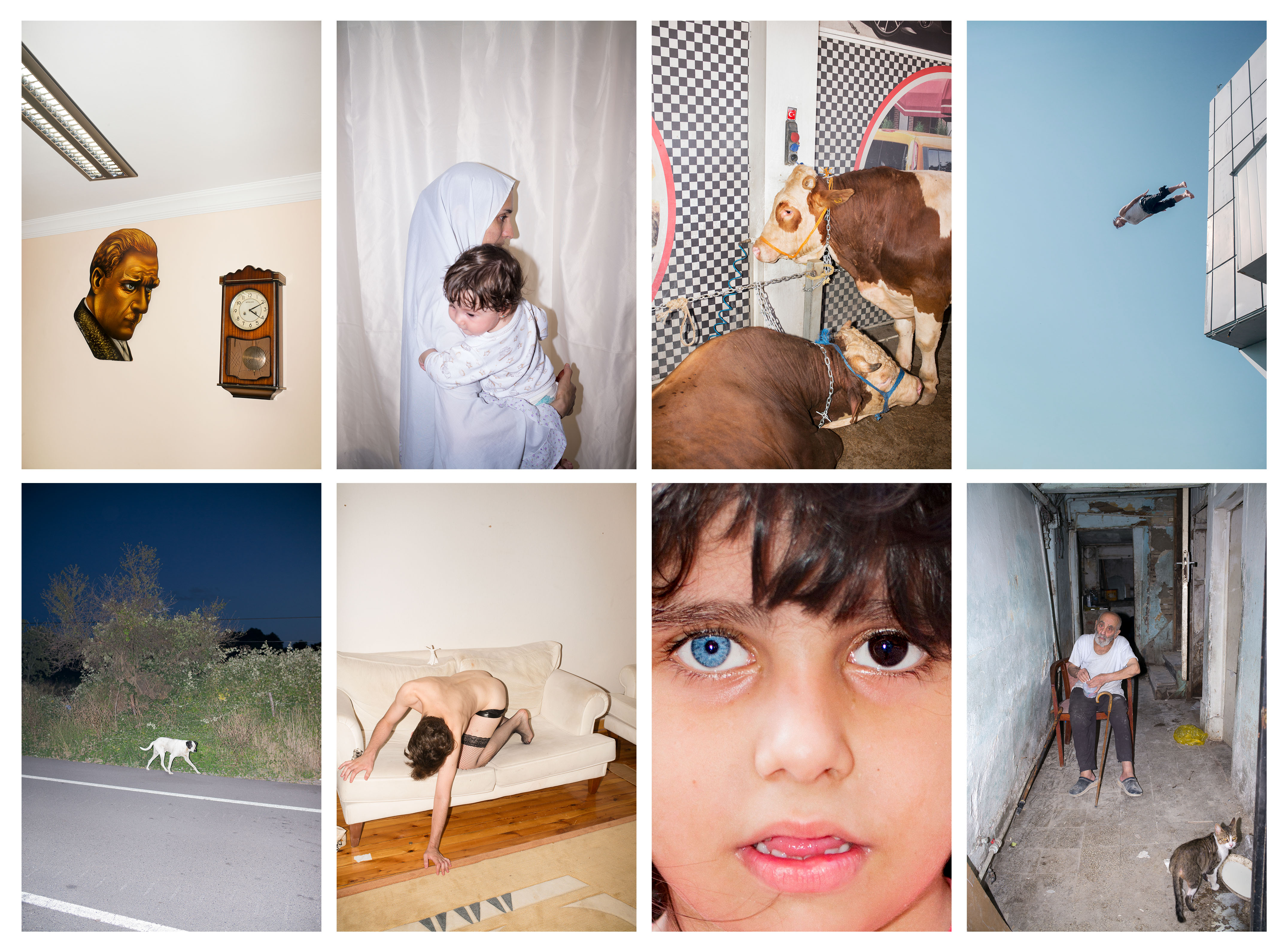

1. KNOW YOUR BRIEF
Have a clear idea of what the story is that you are trying to tell and if you’ve been given a brief, read it closely – really pick it apart. In time and with more experience, the story might materialise (or change) during the editing process, but initially stay focused.
2. BE SELECTIVE
A trusted person’s point of view can of course, be valuable, but never show unedited work to too many people. It might be obvious to you there are promising pictures in your selection but the viewer will quickly lose interest if they are presented with too much to look at.
3. LOSE THE SHOWSTOPPERS
Make sure your final set of images has uniformity in terms of format, tonality and messaging. What images hold together best in a group? This might mean your strongest image jars with the wider selection, so you might have to sacrifice it. Only choose images that add to the story.
4. VISION IS KEY
Stay as close to your story as possible. Think of each photograph as a piece to your puzzle, what image is the most relevant to tell the story? Often the smaller the set of pictures, the better. Start with fewer images and only when a piece of the puzzle is missing, add another piece.
5. DON’T BE DAUNTED
If you’re faced with 100 pictures you don’t think are up to much, don’t be overwhelmed with the task in hand. Edit the collection down and if you can get three pictures that work well together, you should feel pretty positive. Remember the great Ansel Adams felt ‘twelve significant photographs in any one year is a good crop.’
6. DISTANCE YOURSELF
Don’t get too swayed by the content of the image. Try and take a step back and analyse it in terms of lighting, composition and aesthetic. Justify each image you want to keep. Ask the opinion of a friend – it doesn’t necessarily need to be a photographer. A second opinion is always good, even if you don’t take everything they say on board.
7. REALLY START SEEING
Spend time before you choose your selection of images really looking at work that inspires you. Take in collections in a variety of media – exhibitions, books, well curated Instagram feeds – and note down what makes those images work together. See how sequences are built up, the pace, the scale, the tonality. Has the photographer put a particular twist on a familiar story?
8. PRACTICE
Editing is as much a skill as learning the mechanics of your camera and it’s key to becoming a good photographer. Learn to trust your own judgement but bear in mind this takes time to develop.
9. PRINT
Once you’re down to around 20 or so pictures, view them (collectively) at different sizes. Create some proof prints and live with them a while – see how you respond to the images in different lights, different positions, different times of day. There is so much a physical print can teach us that a digital image never can.
10. EXPERIMENT
More and more in contemporary photography we’re seeing juxtapositions and a moving away from the literal to slightly more conceptual. On cursory glance a set might appear disparate but then the more time spent with a series the links will appear, making the viewer’s experience of engaging with the work far more rewarding.
11. CONSIDER THE END AT THE START
When you’re out shooting keep the end goal in mind. Thinking about a set of images will challenge you to be a better photographer. Once you’ve got those strong three or four images that are easy to achieve force yourself to create those different types of shots that will really open up your creativity.



